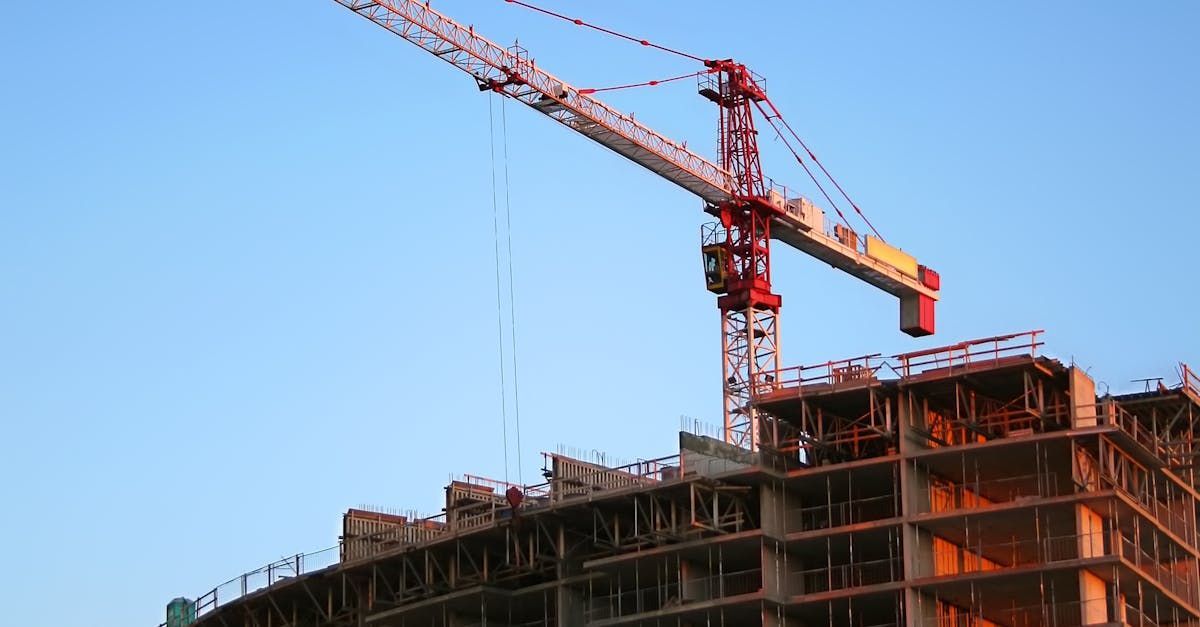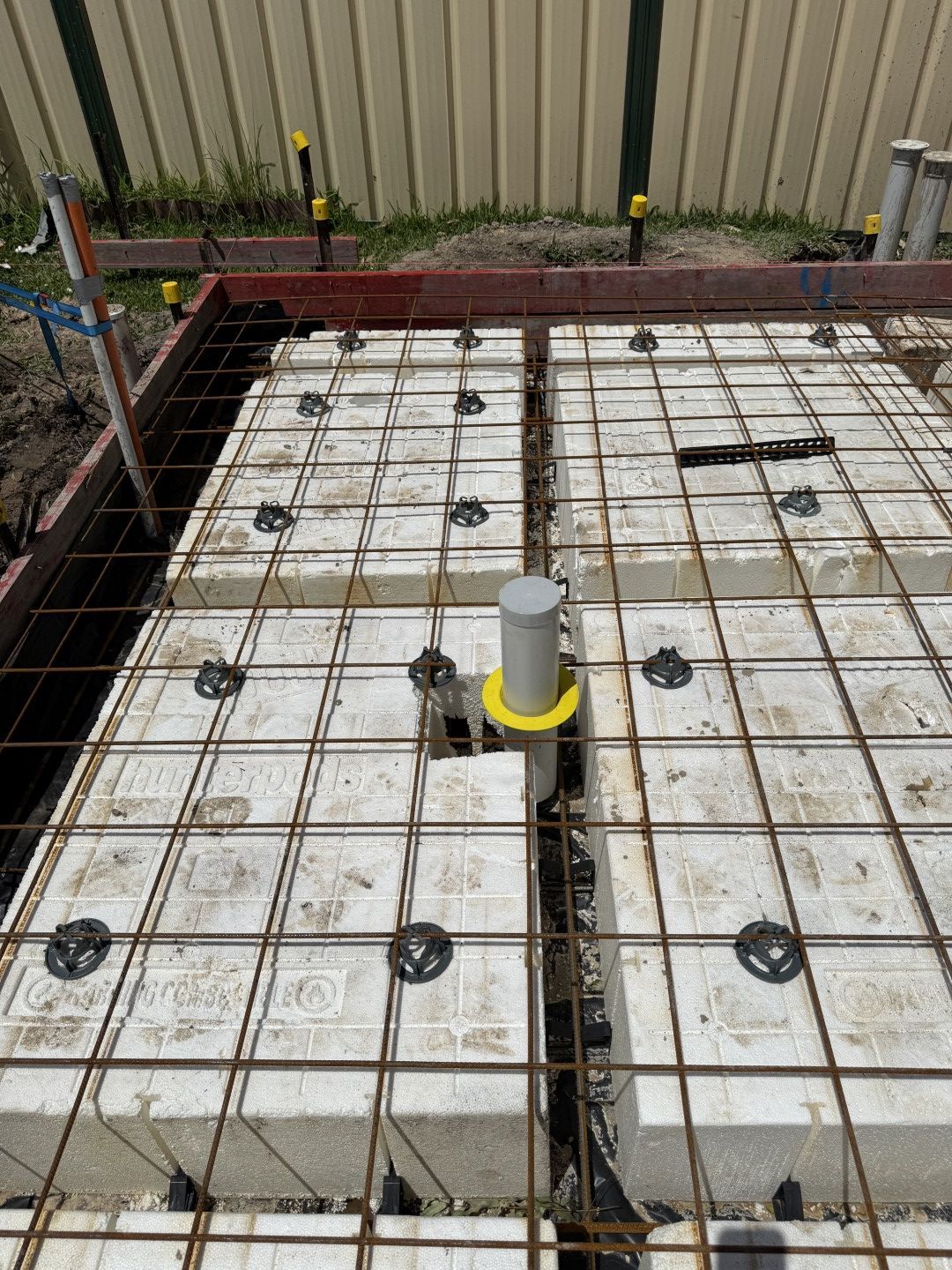Effective Risk Management in Construction Projects
Risk management is a critical aspect of every construction project. As the construction industry is inherently exposed to numerous uncertainties, effective risk management ensures projects are delivered within scope, time, and budget while adhering to safety and quality standards. The importance of risk management in construction projects cannot be overstated, as it plays a vital role in minimizing potential delays, financial losses, and safety hazards. By anticipating and planning for risks, construction companies can protect their assets, workforce, and reputation.
Construction projects face unique challenges, ranging from financial and legal risks to unexpected weather conditions or design flaws. Properly identifying, assessing, and mitigating these risks is crucial for the success of the project and the longevity of the company managing it. When companies fail to properly address these risks, they risk not only financial loss but also possible accidents, legal issues, and even project failure.
What is Construction Risk Management?
Construction risk management involves identifying, assessing, and controlling potential risks that could affect a construction project. The goal is to proactively address risks before they become major issues. Risk management in the construction industry is a continuous process, beginning at the project initiation stage and extending through the planning, execution, and closing phases of the project.
The process includes assessing all possible threats that could impact the project's timeline, budget, safety, and quality. This involves the use of tools like risk registers for construction projects, where every potential risk is logged and tracked throughout the project. Proper risk management in construction management ensures that companies are prepared for unexpected events, minimizing their impact on project performance.
Why is Risk Management Crucial in Construction Projects?
The construction company risks can range from unexpected cost overruns, scheduling delays, or even injuries on the job site. These risks can occur at any point during the project, and if not properly managed, they could result in significant financial or reputational damage. A robust construction risk management plan helps identify and manage these risks, ensuring the project stays on track.
- Financial Risks: Construction projects are often subject to unexpected cost increases, such as rising material costs, unforeseen labor charges, or legal expenses. A comprehensive risk management in construction projects plan can help mitigate these risks by allocating contingency funds and setting realistic project budgets.
- Schedule Risks: Construction projects are highly dependent on timelines, and delays can have significant impacts. Identifying potential delays early and creating a schedule with built-in flexibility can help manage this type of risk.
- Safety Risks: The construction industry has one of the highest rates of workplace accidents. By implementing effective safety measures and training, construction companies can significantly reduce the risk of accidents and ensure compliance with health and safety regulations.
By addressing these risks proactively, construction companies can ensure that they have the necessary measures in place to manage unforeseen challenges and avoid project failure.
Types of Risks in Construction Projects
Construction projects face various risks, each of which requires specific management strategies. Understanding the types of risks in construction projects is the first step toward effectively managing them. Some of the most common types of risks include:
Financial Risks
Financial risks are perhaps the most critical risks in any project. They involve issues related to budget overruns, unanticipated expenses, and cash flow challenges. Construction company risk assessments must focus on forecasting costs and incorporating contingency funds to handle unexpected financial issues.
Schedule Risks
Delays are inevitable in the construction industry, whether due to weather, contractor delays, or issues with materials. Having solid risk management in building construction plans helps project managers anticipate potential delays and develop strategies to mitigate them, such as allocating additional time for critical tasks.
Design and Engineering Risks
Design flaws, engineering errors, or unanticipated technical challenges are significant risks in construction. A construction risk register should include potential design-related risks and assess their impact on the project timeline and budget.
Safety and Health Risks
Construction sites are inherently hazardous, with workers at risk of injury from heavy machinery, scaffolding, or other hazards. A proactive construction risk management plan addresses safety protocols, worker training, and compliance with health and safety regulations to minimize accidents.
Legal and Regulatory Risks
The construction industry is heavily regulated, and failure to comply with building codes, environmental regulations, or contractual obligations can result in costly fines and project delays. A comprehensive risk management plan ensures compliance with all relevant laws and regulations.
The Construction Risk Management Process
Effective risk construction management involves several stages that include identifying, assessing, mitigating, and monitoring risks. Each stage is designed to ensure that risks are managed effectively throughout the life of the project.
Identifying Risks
The first step in any risk management process is identifying potential risks. During this stage, the project team should consider all possible risks, from financial to safety-related. Tools such as brainstorming sessions, expert opinions, and historical data can help in identifying potential risks early.
Risk Assessment
Once risks are identified, they need to be assessed based on their probability and potential impact. A construction risk register helps project managers document these risks and categorize them based on their severity.
Risk Mitigation Strategies
After assessing risks, the next step is to develop strategies to reduce or eliminate the impact of these risks. This can include strategies like transferring risks to insurance providers, avoiding certain high-risk activities, or reducing the probability of risk occurrence through planning.
Monitoring Risks
Effective risk management in construction management doesn’t stop once the risk mitigation strategies are in place. Ongoing monitoring ensures that risks are managed continuously throughout the project lifecycle. This can be done using various tracking tools, including construction risk management software, which helps project managers keep track of risks and adjust mitigation strategies as needed.
What Should Be Included in a Construction Risk Management Plan?
A construction risk management plan outlines how risks will be identified, assessed, and managed throughout the project. Key elements include:
- Risk Register for Construction Project: This is a log where all identified risks are recorded, alongside their potential impacts, likelihood, and mitigation strategies.
- Risk Matrix: This tool is used to prioritize risks based on their likelihood and impact on the project.
- Risk Response Actions: Clear strategies for avoiding, transferring, mitigating, or accepting risks.
What is a Construction Risk Management Plan?
A construction risk management plan serves as a comprehensive framework for identifying, analyzing, and responding to potential risks throughout a project. It is the cornerstone of any successful risk management in building construction strategy, outlining the methodologies and processes used to handle various project uncertainties. A well-constructed plan ensures that all project stakeholders are aware of potential risks and have a clear, actionable response strategy.
The plan typically includes several key components, such as risk identification, assessment, response strategies, and monitoring procedures. Risk management in construction industry projects should involve continuous updates to this plan as new risks emerge or existing risks evolve.
What Should Be Included in a Construction Risk Management Plan?
A successful construction risk management strategy involves several critical elements that provide both high-level and specific guidance on how to deal with construction risks. The essential sections to include are:
Construction Risk Register
The construction risk register is a critical document where all potential risks are listed, along with their severity, likelihood, and potential impact on the project. This register is used throughout the project to track the status of risks and the progress of risk mitigation strategies. Each entry should include:
- A description of the risk
- The likelihood of the risk occurring
- The potential impact on the project (budget, timeline, etc.)
- Mitigation strategies to reduce or eliminate the risk
Construction Risk Matrix
A construction risk matrix is a tool that visually represents risks based on their likelihood and severity. This tool helps prioritize risks, allowing project managers to focus on the most critical threats. The matrix is typically divided into categories ranging from "Low" to "High" on both axes, providing a clear overview of which risks require immediate attention.
Risk Response Actions
After identifying and assessing the risks, the next step is to develop risk response actions. These actions can involve avoiding, transferring, mitigating, or accepting risks. The goal is to address risks proactively to minimize their impact on the project. For example, if a construction project is at risk of delays due to material shortages, a response action might involve sourcing materials from an alternate supplier in advance.
Risk Management Team
The risk management team plays a central role in executing the risk management plan. This team typically includes project managers, construction managers, safety officers, legal advisors, and other key stakeholders. Their responsibility is to monitor and manage risks, as well as to implement response actions and update the risk register as necessary.
Risk Budget
A risk budget is a reserve fund set aside specifically for addressing unforeseen risks. This budget ensures that there are financial resources available to mitigate potential issues, such as delays, accidents, or cost overruns. The size of the risk budget typically depends on the scope and complexity of the project.
Key Risk Indicators (KRIs)
Key Risk Indicators (KRIs) are measurable factors that indicate the potential for risks to occur. For example, KRIs might include project progress, financial performance, and safety metrics. These indicators provide early warnings, helping project teams anticipate problems before they escalate.
Communication Plan
An effective communication plan ensures that all stakeholders are kept informed about risk management activities. This plan should outline how information about risks will be shared, who will be responsible for communicating updates, and how risk-related decisions will be made. Ensuring clear communication among the project team and other stakeholders is essential for successful risk management.
Construction Risk Management Templates
To streamline the risk management process, many project managers use construction risk management templates. These templates provide a structured format for capturing and managing risks, ensuring that all necessary information is included and tracked throughout the project lifecycle. Common templates include:
Risk Matrix Template
A risk matrix template helps project managers visually categorize risks based on their likelihood and potential impact. It typically includes predefined categories (such as low, medium, and high) for both severity and probability, enabling quick identification of critical risks that require immediate attention.
Construction Risk Register Template
A construction risk register template provides a standardized format for documenting risks, their likelihood, impact, and mitigation strategies. This template ensures that all risks are captured consistently and can be monitored effectively throughout the project.
Construction Risk Assessment Template
A construction risk assessment template guides project teams through a structured process of identifying and evaluating risks. This template helps ensure that risks are thoroughly assessed based on a variety of factors, including project scope, complexity, and potential hazards.
How to Mitigate Construction Risks Using Project Management Tools
Construction project management tools play a vital role in mitigating risks by providing real-time data and insights. Platforms like ProjectManager offer several features designed to help construction teams reduce risks, stay on track, and make data-driven decisions.
Manage Projects on Gantt Charts
One of the most effective ways to manage construction risks is through the use of Gantt charts. Gantt charts allow project managers to visualize the entire project timeline, track milestones, and identify potential delays. By closely monitoring progress on Gantt charts, managers can quickly address any risks that might affect the project schedule.
Multiple Project Views
Managing multiple projects simultaneously can be challenging. By using project management tools that offer different project views (such as Gantt charts, Kanban boards, and task lists), project managers can gain a holistic view of all projects and identify risks early. These views also enable better resource allocation, reducing the likelihood of resource-related risks.
Track Progress on Dashboards
Dashboards provide real-time data and analytics, giving project managers immediate access to key performance indicators (KPIs) related to project progress, risks, and performance. Tracking these metrics can help identify emerging risks and make adjustments before they impact the project’s success.
Suggestions on Risk Management in Construction Projects
Effective construction risk management is essential for ensuring that projects are completed successfully, on time, and within budget. By implementing comprehensive risk management plans, utilizing proper tools like risk registers for construction projects, and monitoring risks continuously, project managers can avoid potential pitfalls and improve project outcomes.
Incorporating risk management in construction industry projects allows companies to anticipate uncertainties and address them proactively. From financial and schedule risks to safety and legal risks, managing these challenges is crucial for ensuring that construction projects deliver value to clients, stay within budget, and meet safety and regulatory standards.
By using a combination of risk management strategies, templates, and project management tools, construction companies can safeguard their projects, reduce costs, and improve efficiency. A proactive approach to risk management not only helps mitigate potential issues but also fosters a culture of safety and preparedness, essential for any construction firm to thrive.









